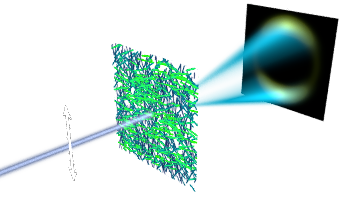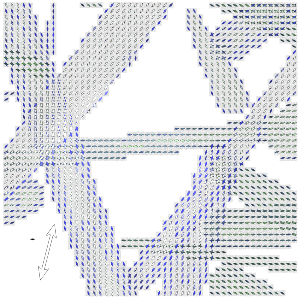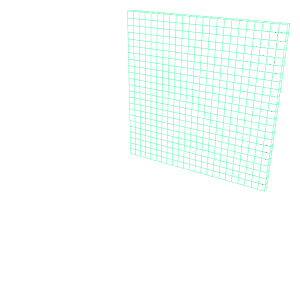Summary
Resonant soft X-ray scattering (RSoXS) is an emerging characterization technique that derives contrast from features in soft X-ray spectroscopy. RSoXS is a small-angle scattering technique with principles similar to small angle X-ray scattering (SAXS) and small angle neutron scattering (SANS). Label-free contrast modes that highlight specific elements and specific bonds make this technique particularly powerful for soft material characterization. A unique strength of RSoXS among small-angle scattering techniques is its sensitivity to soft X-ray transition dipoles, which allows quantitative characterization of nanoscale molecular orientation in materials like polymer nanocomposites and membranes, opening up previously inaccessible processing-structure-performance correlations.
Description
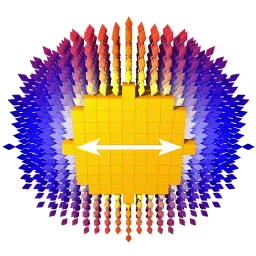
This project focuses on developing and demonstrating resonant soft X-ray data collection approaches that incorporate solids, fluids, and gases. We establish data analysis workflows for RSoXS data analysis, and a central focus is advancing the interpretation of RSoXS patterns. Our Resonant Soft X-ray Scattering Project works in close collaboration with NIST's new RSoXS beamline tool at the NSLS-2 synchrotron.
Although many early applications of RSoXS were focused around organic semiconductors, the technique has broad potential across many nanoscale soft matter characterization challenges. We have demonstrated this potential in self-assembled block copolymer systems, semicrystalline polymers, and nanocomposites. Some applications of RSoXS focus on its ability to derive contrast from chemical differences without labeling. Other applications leverage its unique sensitivity to molecular orientation at the nanoscale. Recent advances have enabled the measurement of solutions using RSoXS, and we anticipate sharing results from solution model systems soon.
How RSoXS measures composition
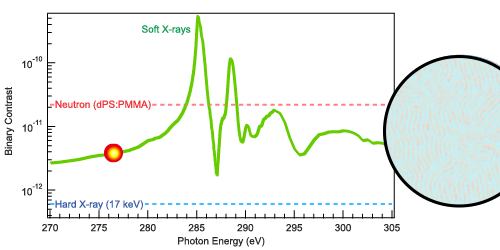
The dielectric function of most organic molecules varies dramatically across the carbon K-edge due to bond-specific resonant absorptions, the measurement of which is called Near Edge X-ray Absorption Fine Structure (NEXAFS) spectroscopy. Subtle chemical differences between molecules create significant contrast in RSoXS without radiolabeling. In this image, the contrast between poly(styrene) and poly(methylmethacrylate) in a block copolymer changes by orders of magnitude across the carbon K-edge. The maximum contrast exceeds what is possible with conventional SAXS and SANS.
For a comprehensive review of RSoXS principles and practical considerations, please read:
Collins, B. A.; Gann, E. Resonant Soft X-Ray Scattering in Polymer Science. Journal of Polymer Science 2021. https://doi.org/10.1002/pol.20210414.
Read more about the RSoXS of block copolymers:
Sunday, D. F.; Ren, J.; Liman, C. D.; Williamson, L. D.; Gronheid, R.; Nealey, P. F.; Kline, R. J. Characterizing Patterned Block Copolymer Thin Films with Soft X-Rays. ACS Appl. Mater. Interfaces 2017, 9 (37), 31325–31334. https://doi.org/10.1021/acsami.7b02791.


